Publications Routes/Roads Earthworks
This page lists Routes/Roads articles of PIARC in the field of road earthworks. These publications are classified chronologically.
-
Stabilization of Galandroud Landslide in Iran
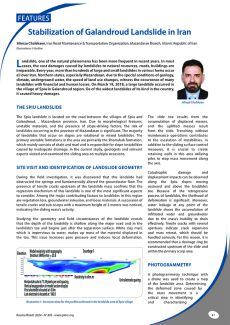
Landslide, one of the natural phenomena has been more frequent in recent years. In most cases, the vast damages caused by landslides to natural resources, roads, buildings are irreparable. Every year, more than hundreds of large and small landslides in various forms occur all over Iran. Northern states, especially Mazandaran, due to the special conditions of geology, climate, underground water, the speed of land use changes, witness the occurrence of many landslides with financial and human losses. [...]
-
Online Sensor Platform for Earth Slope Resilience in Thailand
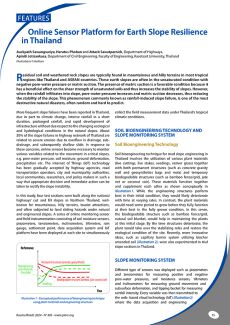
Residual soil and weathered rock slopes are typically found in mountainous and hilly terrains in most tropical regions like Thailand and ASEAN countries. These earth slopes are often in the unsaturated condition with negative pore-water pressure or matric suction. The presence of matric suction is a favorable condition because it has a beneficial effect on the shear strength of unsaturated soils and thus increases the stability of slopes. However, when the rainfall infiltrates into slope, pore-water [...]
-
An Experimental Based Approach to Estimate the Overall Modulus/CBR of Geocomposite-Reinforced Subgrades and Use of the Austroads Design Chart
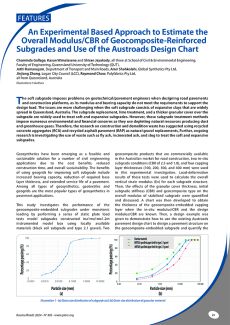
The soft subgrade imposes problems on geotechnical/pavement engineers when designing road pavements and construction platforms, as its modulus and bearing capacity do not meet the requirements to support the design load. The issues are more challenging when the soft subgrade consists of expansive clays that are widely spread in Queensland, Australia. The subgrade replacement, lime treatment, and a thicker granular cover over the subgrade are widely used to treat soft and expansive subgrades. However, [...]
-
Management Strategies for Road Earthwork Sections in Japan and Potential for Technology Transfer
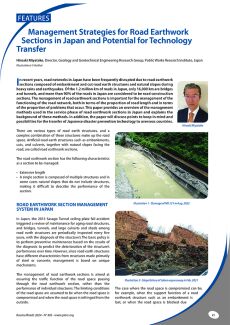
In recent years, road networks in Japan have been frequently disrupted due to road earthwork sections composed of embankment and cut road earth structures and natural slopes during heavy rains and earthquakes. Of the 1.2 million km of roads in Japan, only 16,000 km are bridges and tunnels, and more than 90% of the roads in Japan are considered to be road construction sections. The management of road earthwork sections is important for the management of the functioning of the road network, both in [...]
-
Alternative Materials in Earthworks – The European Approach
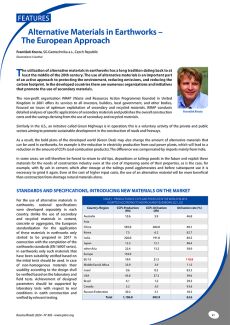
The utilization of alternative materials in earthworks has a long tradition dating back to at least the middle of the 20th century. The use of alternative materials is an important part of an active approach to protecting the environment, reducing emissions, and reducing the carbon footprint. In the developed countries there are numerous organizations and initiatives that promote the use of secondary materials.
1 / 23
- Previous
- Next